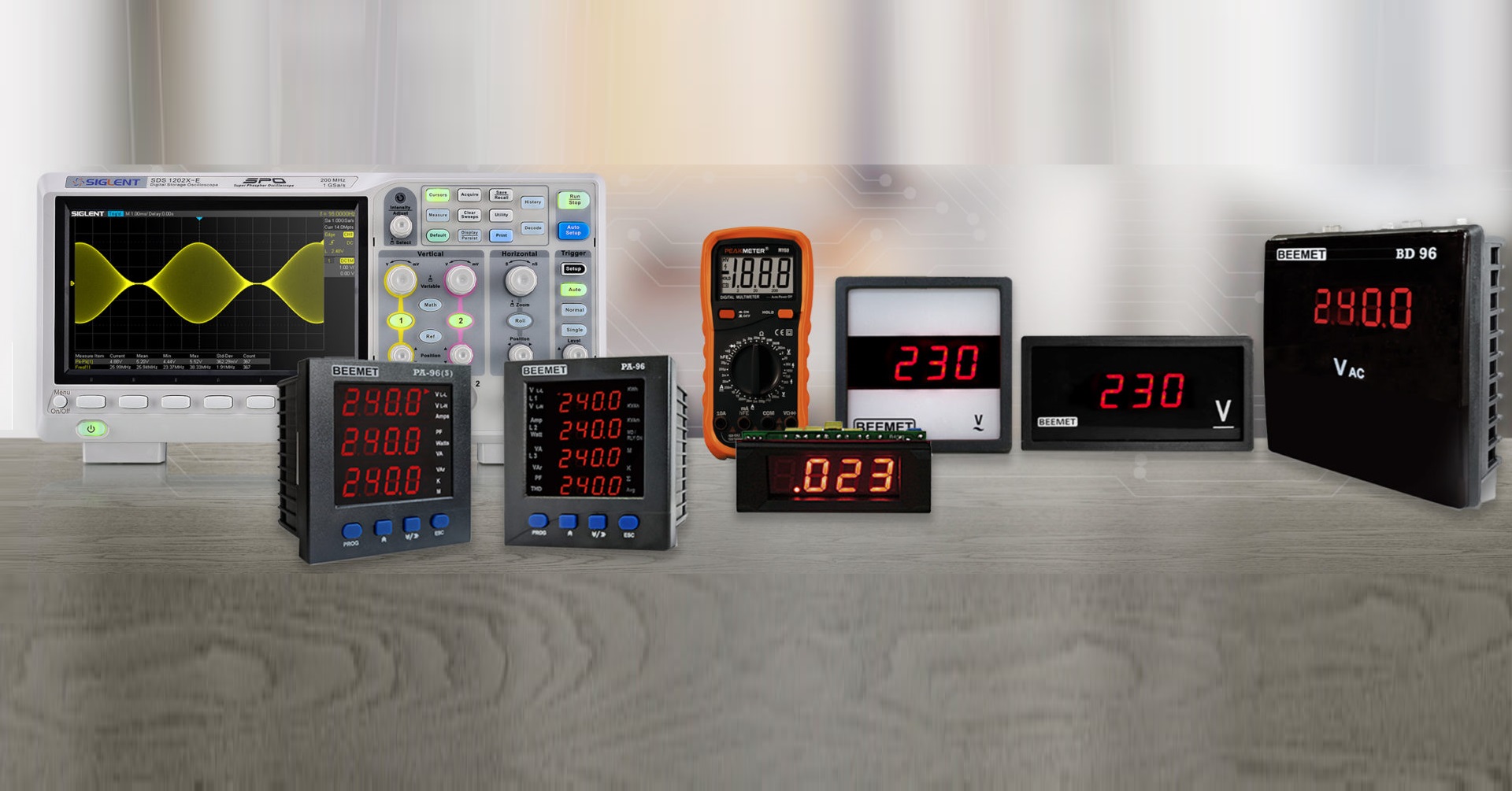Classification of Instruments
There are many ways in which instruments can be classified. Broadly, instruments are classified into two categories:
(i) Absolute Instruments, and
(ii) Secondary Instruments.
(i) Absolute instruments:
These instruments give the magnitude of the quantity under measurement in terms of physical constants of the instrument. The examples of this class of instruments are Tangent Galvanometer and Rayleigh’s Current Balance.
(ii) Secondary instruments:
These instruments are so constructed that the quantity being measured can only be measured by observing the output indicated by the instrument. These instruments are calibrated by comparison with an absolute instrument or another secondary instrument which has already been calibrated against an absolute instrument. Working with absolute instruments for routine work is time consuming since every time a measurement is made, it takes a lot of time to compute the magnitude of the quantity under measurement. Therefore, secondary instruments are most commonly used. Absolute instruments are seldom used except in standards institutions while secondary instruments find usage almost in every’ sphere of measurement. A voltmeter, a glass thermometer and a pressure gauge are typical examples of secondary instruments.
Instruments can be classified into two major categories – deflection and null types depending upon the way they present the result of measurements.
(i) Deflection Type:
The instruments of this type, the deflection of the instrument provides a basis for determining the quantity under measurement. The measured quantity produces some physical effect with deflects or produces a mechanical displacement of the moving system of the instrument. An opposing effect is built in the instrument which tries to oppose the deflection or the mechanical displacement of the moving system. The opposing effect is closely related to the deflection or mechanical displacement which can be directly observed. The opposing effect is so designed that its magnitude increases with the increase of deflection or mechanical displacement of the moving system caused by the quantity under measurement. The balance is achieved when opposing effect equals to cause producing the deflection or mechanical movement. The value of the measured quantity can then be inferred from the deflection or mechanical displacement at the point of balance.
(ii) Null Type:
In a null type of instrument, a zero or null indication leads to determination of the magnitude of measured quantity. The null condition is dependent upon some other known conditions. In contrast to deflection type of instruments, a null type instrument attempts to maintain the deflection at zero by suitable application of an effect opposing that generated by the measured quantity. Therefore, for the operation of a null type of instrument, the following are required:
- the effect produced by the measured quantity.
- the opposing effect, whose value is accurately known. This is necessary in order to determine the numerical value of the measured quantity accurately.
- a detector, which detects the null conditions i.e., a device which indicates zero deflection (balance conditions) when the effect produced by the measured quantity is equal to the effect produced by the opposing quantity. The detector should be capable of displaying unbalance i.e., a condition when the effect produced by the measured quantity is not equal to the opposing effect. Also, the detector should have means (automatic or manual) for restoring balance.
Comparison of Deflection and Null Type Instruments
Comparing the advantages and disadvantages of the two types of instruments.
- The accuracy of null type of instruments is higher than that of deflection type. This is because the opposing effect is calibrated with the help of standards which have high degree of accuracy. On the other hand, accuracy of deflection type of instruments is dependent upon their calibration which depends upon the instrument constants which are normally not known to a high degree of accuracy.
- In th e null type of instruments, the measured quantity is balanced out. This means the detector has to cover a small range around the balance (null) point and therefore can be made highly sensitive. Also the detector need not be calibrated since it has only to detect the presence and direction of unbalance and not the magnitude of unbalance. On the other hand, a deflection type of instrument must be larger in size, more rugged, and thus less sensitive if it is to measure large magnitude of unknown quantity.
- Null type of instruments require many manipulations before null conditions are obtained and hence are apparently not suitable for dynamic measurements wherein the measured quantity changes with time. On the other hand, deflection type of instruments can follow the variations of the measured quantity more rapidly and hence are more suitable for dynamic measurements on account of their faster response. However, there are commercially automatic control instruments (such as self balancing potentiometers) that maintain a continuous null under rapidly changing conditions and thereby eliminate the need for manipulative operations.
latest video
news via inbox
Nulla turp dis cursus. Integer liberos euismod pretium faucibua









